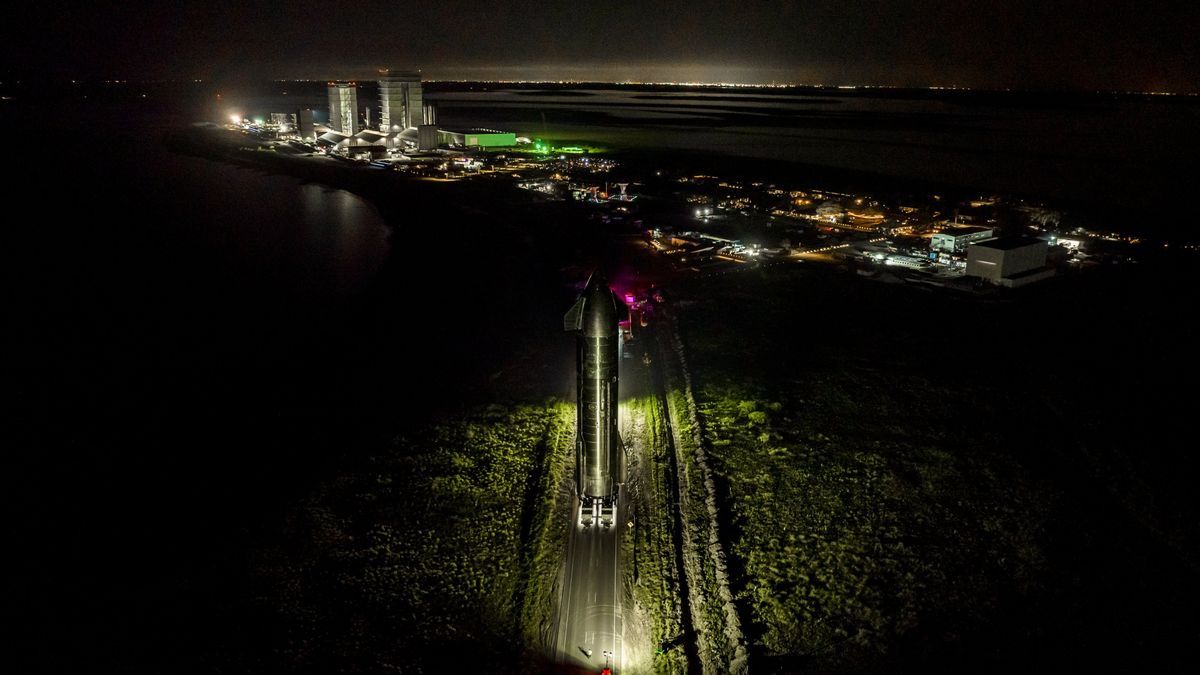JAKARTA - SpaceX applied for permission to the Federal Communications Commission (FCC) on Monday, May 15 requesting authorization to operate again from June 15 - until December 15.
The document states that this mission is an 'experimental orbital demonstration and recovery test from the Starship test ride,' indicating that the world may see the vehicle leaving planet Earth.
It is also the goal of the first launch, which failed when the bottom of the Starship was not separated four minutes after takeoff.
Although the April launch was deemed successful - Musk simply hopes to remove Starship from the launch pad - a major explosion causing damage that needs to be fixed before SpaceX's next epic effort.
A large 395-foot structure consisting of Super Heavy and Starship boosters was launched at 9:33 a.m. US East time for its first orbital launch, but exploded into flames, four minutes after takeoff.
Although the results are not ideal, Elon Musk, NASA, and the SpaceX team celebrate their success - the main goal is to get Starship off the launch pad.
"This is a development test. This is Starship's first test flight. And the goal is to collect data and as we said, clear the launch pad and prepare to proceed," said SpaceX's Main Integration Engineer, John Insprucker, last April.
"So you never know exactly what will happen. But as we promised, joy is guaranteed. And Starship gives a pretty spectacular ending to what is truly an extraordinary test," he added.
The process that brought SpaceX from April to now is unclear, but the company said its engineers would analyze any data collected from the first launch to upgrade the second launch.
Musk also revealed that several other Starship rockets were waiting for their turn to shine.
The only obstacle SpaceX has to overcome is the damage to the launch pad, which looks like a war zone after the Starship takes off.
Spaceflight Now said in a tweet containing several photos of the launch pad's debris that Starship'made a large hole in concrete under the launch pad' and that the orbital foundation was 'heavyly damaged'.
Max Evans, a photographer for NASASpaceflight.com, also documented some of the damage.
"It's hard to imagine this site can be reused in less than 12 months - it would be nice if it was proven otherwise," Evans wrote in a post on social media.
Space engineer and entrepreneur Jonathan Goff is slightly more optimistic about how long repairs might take, although not so much.
"I think with the damage to the runway and the need to improve the launch infrastructure, we may still need the next 7-9 months before SS/SH (Starship and Super Heavy) flights of any kind. It takes one year to achieve a fully orbital and successful flight is very optimistic," Goff wrote on social media.
So, although SpaceX plans to launch its second Starship within months of its inaugural flight in April, the damage to the launch pad takes time to fix, and the best estimate is about 7-12 months before the next launch can be done.
The English, Chinese, Japanese, Arabic, and French versions are automatically generated by the AI. So there may still be inaccuracies in translating, please always see Indonesian as our main language. (system supported by DigitalSiber.id)








